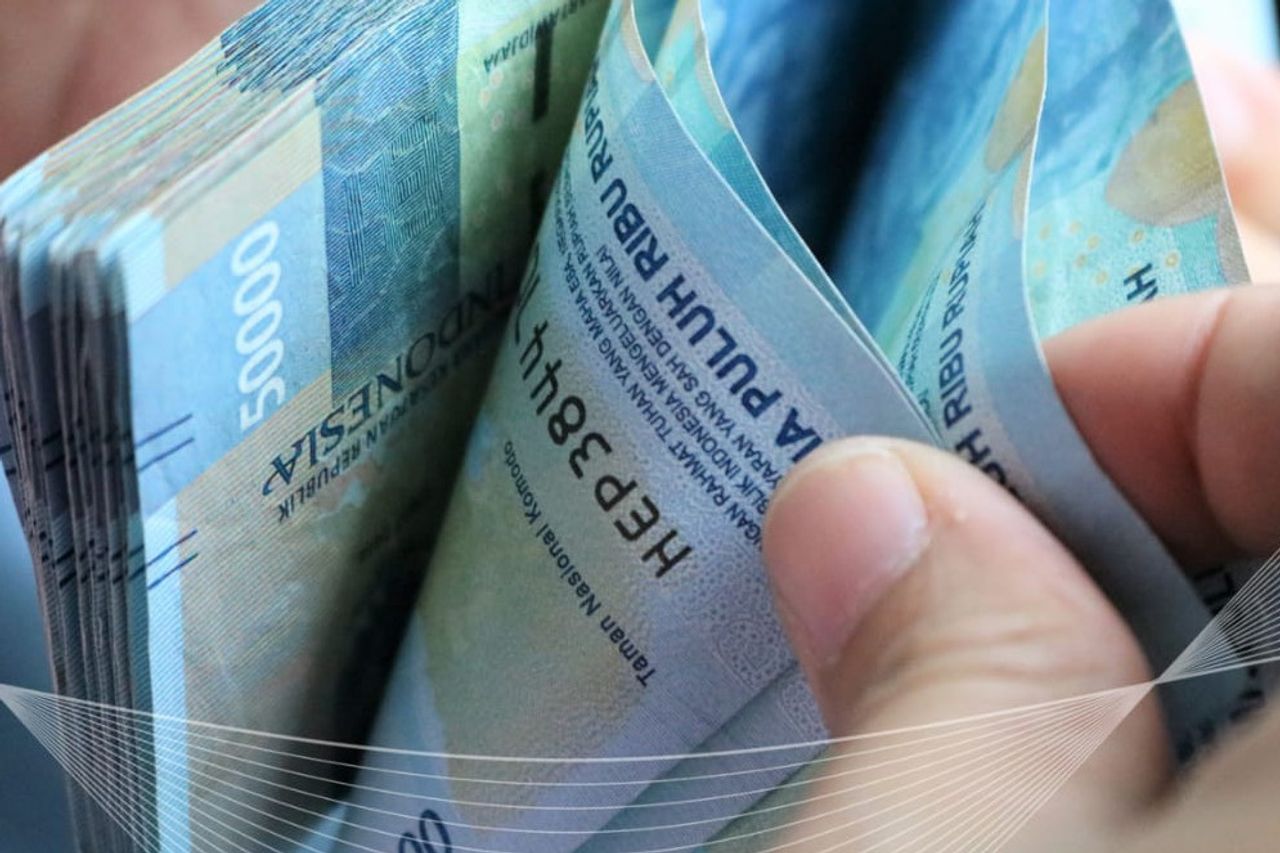Moncer Performance Of Three State-Owned Banks Throughout 2019

JAKARTA - Three large state-owned banks have shown excellent performance throughout 2019, especially in terms of lending. In fact, their performance is above that of the national banking industry. Check out VOI's summary of the performance of the three state-owned banks, summarized from various sources.
PT Bank Rakyat Indonesia (Persero) Tbk (BRI)
BRI managed to record credit growth of 8.4 percent on an annual basis (year-on-year / yoy) throughout 2019, to IDR 908.8 trillion. This achievement is far above the performance of industrial credit which only grew 6.08 percent yoy.
President Director of BRI, Sunarso said, the main factor supporting BRI's credit growth was the high growth of micro credit performance, 12.1 percent yoy to IDR 307.7 trillion. Apart from high growth, the micro sector also contributed 35.8 percent to BRI's total loan portfolio.
"In 2020, it is expected that the contribution of [the micro sector] will be 40 percent of the total loan portfolio," said Sunarso.
Sunarso said, his party will continue to encourage this micro segment with various strategies, especially through the development of technology-based platforms. However, BRI's credit growth in 2019 was the lowest in the last five years.
This has caused BRI's net profit to grow slower than the last two years, namely only 6.1 percent to Rp34.4 trillion. But for the first time, the company posted a double-digit fee-based income (FBI) increase, namely 20.1 percent to IDR14.2 trillion.
"We are optimistic that profits will return to double-digit growth this year, especially if the loan growth target of 10 percent yoy is achieved," said Sunarso.
PT Bank Negara Indonesia (Persero) Tbk (BNI)
BNI managed to book credit disbursement of IDR 556.78 trillion throughout 2019, growing 8.6 percent yoy. Although this profit growth did not match BNI's expectations, which initially set a target of 11-13 percent yoy, it was still higher than the industry's achievements.
BNI only posted relatively thin net profit growth throughout 2019, increasing by 2.5 percent yoy to IDR 15.4 trillion. This growth was mainly supported by the FBI which surged 18.1 percent yoy to IDR 11.36 trillion.
"About 27.4 percent of the FBI collected by the company comes from international business activities through overseas branch offices," said BNI President Director Achmad Baiquni.
However, the biggest contributor to profit still comes from net interest income (NII). Unfortunately, net interest income only grew by 3.3 percent yoy to IDR 36.6 trillion.
The accumulation of the company's NII and FBI led BNI to book an operating profit before provision of IDR 28.32 trillion, or a growth of 5 percent yoy.
In 2020, BNI still opens opportunities to acquire new subsidiaries to support business development in the future. Nevertheless, the company will remain focused on improving its performance which is currently being hit by tightening liquidity.
"At the end of the year [2019] several SOEs lowered their credit, because they received payments. This year, it's not too high. We are following the target [credit] of the Financial Services Authority (OJK), around 10 percent, "said Baiquni.
PT Bank Mandiri (Persero) Tbk
Bank Mandiri still maintained positive performance throughout 2019, outperforming the two state-owned banks above. Bank Mandiri lending managed to grow 10.6 percent yoy to IDR 907.5 trillion, while net profit increased 9.86 percent yoy to IDR 27.5 trillion.
On the other hand, the company's non-performing loan (NPL) ratio also fell to a level of 2.33 percent. This is the company's lowest NPL level since 2017, which had reached 3.98 percent.
Last year, Bank Mandiri's total lending for infrastructure projects reached Rp209 trillion, growing by 14.6 percent yoy. Meanwhile, the People's Business Credit (KUR) grew 45.6 percent to Rp32 trillion.
President Director of Bank Mandiri Royke Tumilaar said that in 2020, Bank Mandiri will focus on development in three aspects. "First, strengthening the wholeshale segment by encouraging the growth of low-cost funding sources and the FBI by increasing cross-selling of corporate and commercial customers," Royke explained.
Second, continued Royke, integrating the wholesale and retail business by optimizing the wholeshale customer ecosystem through the payroll business and value chain solutions. Third, develop the digitization of services and business processes to increase productivity and efficiency.
"Profit is something we always find difficult to predict. In principle, we will maintain the business component which is certain this year will be better than last year," said Royke.
